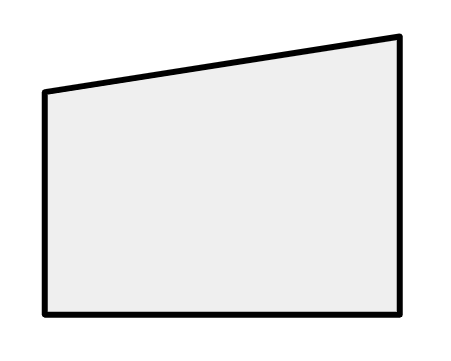Myths about teaching can hold you back
- Year 5
Use the terms acute, obtuse and reflex when comparing angles to a right angle
I can use the terms acute, obtuse and reflex when comparing angles to a right angle.
- Year 5
Use the terms acute, obtuse and reflex when comparing angles to a right angle
I can use the terms acute, obtuse and reflex when comparing angles to a right angle.
These resources will be removed by end of Summer Term 2025.
Switch to our new teaching resources now - designed by teachers and leading subject experts, and tested in classrooms.
These resources were created for remote use during the pandemic and are not designed for classroom teaching.
Lesson details
Key learning points
- Angles are marked with a curve between the lines which have been rotated
- Angles with a bigger turn are larger than those with a smaller turn
- Angles can be bigger than a right ange or smaller than a right angle
Keywords
Angle - An angle is a measure of turn. It shows how far something has rotated.
Right angle - A right angle is a square corner or a quarter turn.
Acute angle - An angle that is smaller than a right angle is an acute angle.
Obtuse angle - An angle that is greater than a right angle but smaller than a straight line is an obtuse angle.
Reflex angle - An angle that is greater than a straight line up to a full turn is a reflex angle.
Common misconception
Angles must always be formed with one horizontal line. Angles must also have two straight lines that are exactly the same length.
Provide pupils with examples where acute, obtuse and reflex angles are shown in a wide range of orientations and where the length of the lines leading into the angles differ in size to support generalising the features of each angle type.
To help you plan your year 5 maths lesson on: Use the terms acute, obtuse and reflex when comparing angles to a right angle, download all teaching resources for free and adapt to suit your pupils' needs...
To help you plan your year 5 maths lesson on: Use the terms acute, obtuse and reflex when comparing angles to a right angle, download all teaching resources for free and adapt to suit your pupils' needs.
The starter quiz will activate and check your pupils' prior knowledge, with versions available both with and without answers in PDF format.
We use learning cycles to break down learning into key concepts or ideas linked to the learning outcome. Each learning cycle features explanations with checks for understanding and practice tasks with feedback. All of this is found in our slide decks, ready for you to download and edit. The practice tasks are also available as printable worksheets and some lessons have additional materials with extra material you might need for teaching the lesson.
The assessment exit quiz will test your pupils' understanding of the key learning points.
Our video is a tool for planning, showing how other teachers might teach the lesson, offering helpful tips, modelled explanations and inspiration for your own delivery in the classroom. Plus, you can set it as homework or revision for pupils and keep their learning on track by sharing an online pupil version of this lesson.
Explore more key stage 2 maths lessons from the Angles: compare, name, estimate and measure angles unit, dive into the full primary maths curriculum, or learn more about lesson planning.

Licence
Prior knowledge starter quiz
6 Questions
Q1.Look at the image. This shape has right angles.
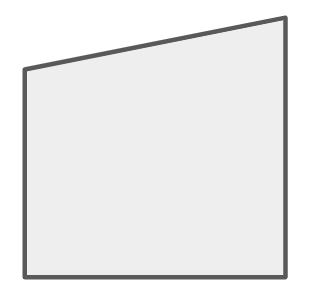
Q2.This shape has one pair of parallel sides. True or false?
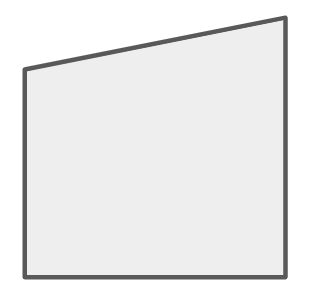
Q3.Complete the sentence. A parallelogram has vertices.
Q4.Match the shape to its properties.
A polygon with four equal sides and four right angles.
A polygon with three sides and three vertices.
A polygon with five sides and five vertices.
Q5.The minute hand shows 4 o’clock. The minute hand moves a quarter turn clockwise. What time is shown?
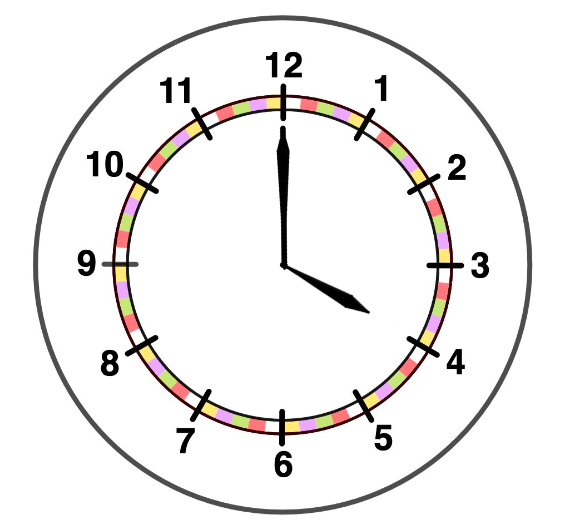
Q6.Which of the angles shown is the smallest?
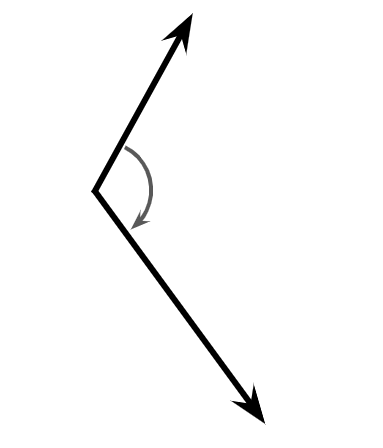
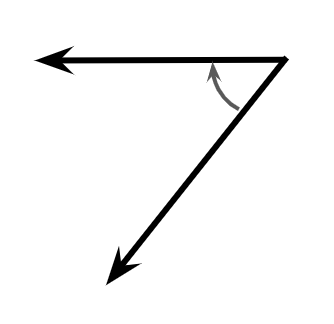
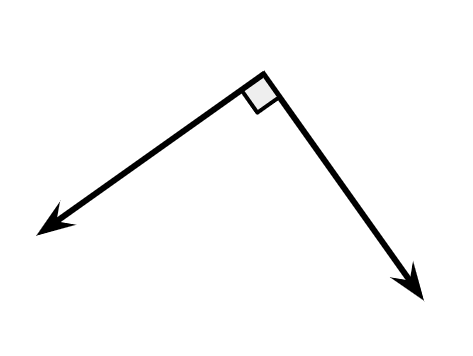
Assessment exit quiz
6 Questions
Q1.Which type of angle is shown?

Q2.Which type of angle is shown?

Q3.Look at the hands on this clock face and the arrow. The angle formed is __________.
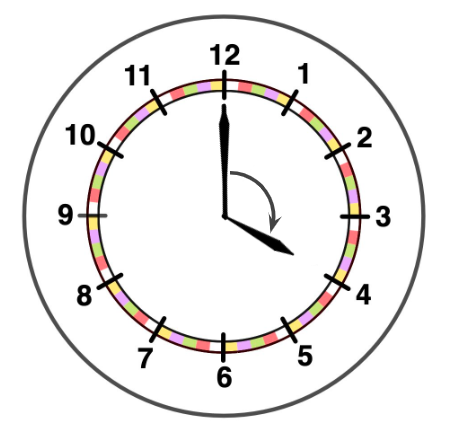
Q4.Look at the hands on this clock face and the arrow. The angle formed is __________.
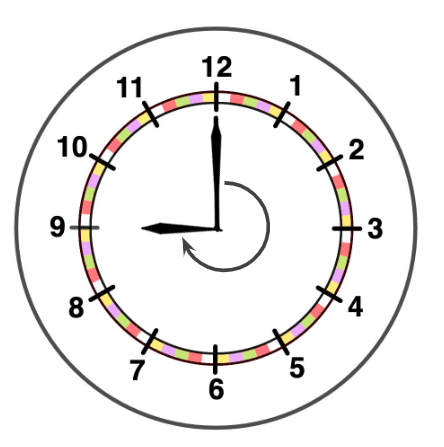
Q5.This is a trapezium. Look carefully at the vertices and the angles inside the shape. Complete the sentence. There are acute angles in the trapezium.
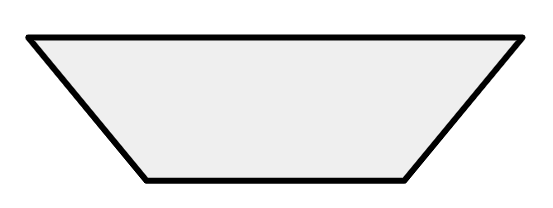
Q6.This is a trapezium. Look carefully at the vertices and the angles inside the shape. Which statement is correct?
